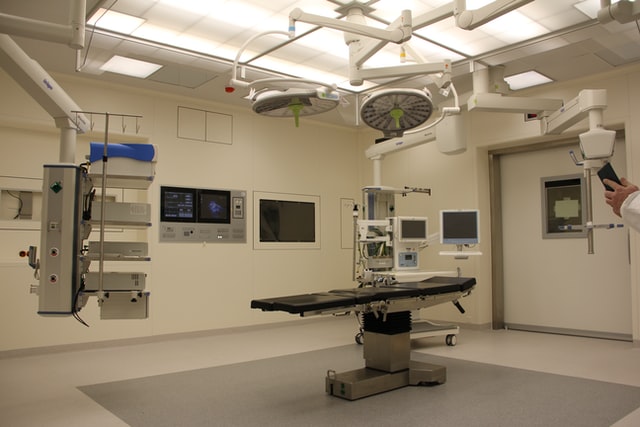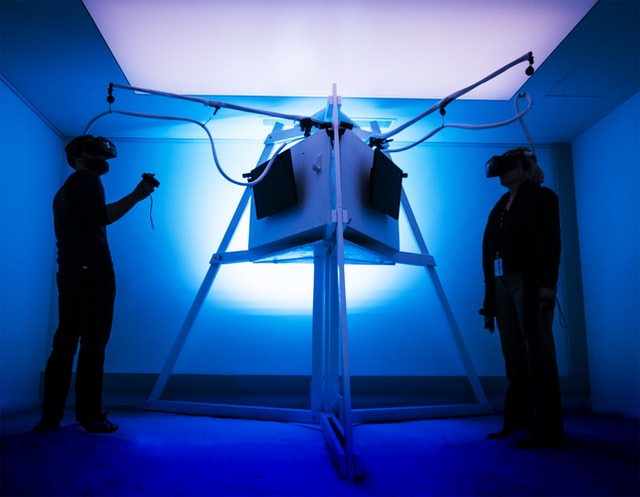Robots have become an integral part of our lives. We interact with them every day. They are everywhere, from factories to homes. They are changing the way we live olympe casinos casino en ligne. They are becoming smarter and faster every day. And they seem to be developing better abilities too. This is why we are seeing an increasing number of new uses of robots in both industries and social services. Let’s see below the role of robotic technology in the health industry.
Robotic surgery
Robot surgeons are being used today at many hospitals around the world. It could soon get even more common than any other kind of surgical procedure done by humans. A robot surgeon’s arms, hands, and eyes can be very precise; this makes it possible for a robot surgeon to perform surgeries that are either impossible or extremely risky for human patients. A recent study published by the Journal bonus sans depot of The National Cancer Institute showed that robot-assisted chemotherapy is on average twice as effective as traditional chemotherapy. However, robot-assisted surgery still has some technical hurdles to overcome before it becomes widely available visit https://fr.crazyvegas.com.

Medical devices and tools
Another emerging field that involves robotics is using medical devices and tools. These tools are usually used to help doctors perform certain procedures that cannot be done manually. In the last few years, robots have been developed to assist doctors to diagnose prostate cancer (prostate cancer screening). This tool was designed to perform digital rectal exams (DRE), which is a standard test wild sultan performed by most primary care physicians. It helps collect information about lumps detected during DRE tests. To do this, a special camera system called the ProgASP™ platform sends images of the patient’s rectum to a computer, where the software interprets and analyzes them. With the analysis results, doctors will know if there are any suspicious lumps inside the patient’s body.
Virtual reality training
The use of robots in healthcare has created another innovative area, especially for medical students’ training. Most of them train via simulators instead of performing actual surgery like their counterparts. Simulation technologies were first introduced into medicine in 1972 when NASA astronaut Ed White underwent months of training on them before going on his historic mission. Today, virtual reality (VR) training has become more accessible and affordable as well. VR simulations may also be used by military personnel who need to learn how to handle themselves in dangerous situations. The goal is that these soldiers would eventually be able to perform a real operation without losing anyone.

Telemedicine
Telemedicine is the practice of providing medical treatment through remote means rather than having doctors travel to patients. It allows people living in rural areas far away from major cities to consult with specialists without long delays. There have been promising attempts to provide telemedicine services over cellular networks rather than fixed Internet connections. Telemedicine solutions offer patients convenient access to high-quality medical care while encouraging visits to local physicians. This will reduce stress and expenses related to commuting. It will also help alleviate doctor shortages across the country.
Education and research
While robots have mostly been deployed in fields such as industrial design, automotive engineering and agriculture, education and research are among the largest applications of robotics in healthcare. Robotics technology enables doctors to teach and conduct experiments remotely or deliver specialized therapy to specific parts of the human body. Robots can also be used to gather data and record findings before sending them directly back to the doctor. They are also used to monitor various conditions including diabetes, cardiac arrhythmia and Parkinson’s disease. This technology is helping scientists develop therapies that could revolutionize health delivery worldwide.
In conclusion, robotics can be described as an interdisciplinary subject which integrates many different technical skills including design, mechanics, electrical circuitry, microcontrollers, artificial intelligence, vision systems, actuators, sensors, software development and others. Healthcare professionals are increasingly using robotics for diagnosis, surgical assistance, emergency response and other functions, and it shows no signs of slowing down anytime soon.
